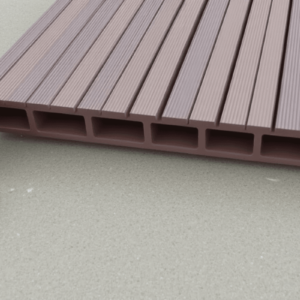How Expensive is Composite Fencing
The Basics of Composite Fencing
Composite fencing has become a popular choice for homeowners looking to enhance the aesthetic appeal and durability of their outdoor spaces. Unlike traditional wood fencing, composite fencing is made from a combination of recycled wood fibers and plastic materials. This blend not only provides the natural look of wood but also offers superior resistance to moisture, rot, and insect damage. Understanding how expensive composite fencing is requires an in-depth analysis of its costs compared to traditional wood fencing.
Material Costs
When considering the initial material costs, composite fencing tends to be more expensive than wood. According to a study by the National Association of Home Builders (NAHB), the average price per linear foot for composite fencing ranges from $25 to $35, whereas wood fencing can cost anywhere from $15 to $25 per linear foot. The higher price point of composite materials is due to the advanced manufacturing process and the use of high-quality, long-lasting components that resist weathering and wear over time.
Installation Costs
The installation costs for composite fencing are comparable to those of wood fencing. Professional installation typically adds around $10 to $20 per linear foot to the overall cost. However, the ease of installation for composite materials can sometimes lead to slightly lower labor costs because they require less trimming and cutting compared to wood. Additionally, composite fencing panels often come pre-assembled, which can further reduce the time and effort required during installation.
Maintenance Costs
One of the key advantages of composite fencing is its low maintenance requirements. Traditional wood fencing requires regular painting or staining every few years to maintain its appearance and protect against the elements. In contrast, composite fencing needs minimal upkeep, primarily involving occasional cleaning with mild soap and water. This reduced need for maintenance can result in significant long-term savings, as the cost of annual maintenance for wood fencing can add up quickly.
Longevity and Cost-Effectiveness
While the upfront costs of composite fencing may seem prohibitive, its longevity makes it a more cost-effective option in the long run. Wood fencing typically lasts between 10 to 15 years before needing replacement, while composite fencing can last upwards of 25 years with proper care. A report from the American Housing Survey (AHS) indicates that the extended lifespan of composite fencing translates into fewer replacements over time, making it a wise investment for homeowners seeking a durable and aesthetically pleasing fence.
Expert Opinions and Real-Life Examples
Experts in the construction industry generally agree that composite fencing offers better value over time. For instance, a review by the Better Business Bureau (BBB) highlights the long-term savings achieved through the use of composite materials. Homeowner Sarah Thompson, who recently installed a composite fence in her backyard, shared her experience: “The initial cost was higher, but knowing that I won’t have to worry about replacing it for decades makes it worth the investment.” Her example underscores the practical benefits of choosing composite fencing despite its higher upfront cost.
Conclusion
When evaluating the expense of composite fencing, it’s essential to consider the total cost of ownership, including materials, installation, maintenance, and longevity. While the initial investment may be greater than that of traditional wood fencing, the long-term savings and durability make composite fencing a worthwhile choice for many homeowners. By weighing these factors, you can make an informed decision that aligns with your budget and long-term goals.





Reviews
There are no reviews yet.